What I Learnt Today : Pterodactyl was not only the flying dinosaur, There were many
We are all familiar to Pterodactyl, the flying dinosaur. But, actually there existed so many flying dinosaurs. The common name of all this “flying dinosaurs” is Pterosaurs. There are about 130 genus of Pterosaurs existed in the jurassic period. Here I listed some of them —
1. Pterodactyl
The Pterodactyls had a couple of very wide wings up to 40 feet long. But, these wings are not similar to modern bird’s wings. There were no feathers , their wings were made of a leathery substance. They lived near the sea in the cave & trees. They ate sea fish, large insects & other small dinosaurs. We found their fossils in Europe, North America, Australia, and Africa.
2. Petinosaurus
Petinosaurus wings were formed by membranes of skin and other soft tissues. And also there were no feathers on their wings. These types of flying dinosaurs are small in size than Pterodactyl. Food habit is the same as Pterodactyl. They lived in the trees.
3. Pteranodon
Pteranodon mens toothless wing. Yes, this type of flying dinosaur had no teeth. Length of the wings was 6 metre. They had also featherless wings. They lived in the caves & trees. Their food habit is the same as Pterodactyl. Their fossils were found in North America & Europe.
4. Quetzalcoatlus
The wings length of Quetzalcoatlus was near 36 feet. They had also featherless leather wings. They were toothless dinosaurs. Their food habit is the same as Pterodactyl.
5. Archaeopteryx
Archaeopteryx had feathers on their wings. They lived in the bushes & trees. They ate small insects & fish.
6. Avisaurus
Avisaurus was very similar to Archaeopteryx in size, nature & habit. Their wing length was up to 3 metre. Their food habit was similar to Archaeopteryx.
7. Confuciusornis
The size of Confuciusornis was very small like a modern crow. Their wings length was about 2 feet long. They had also feathers on their wings. They had also a long tail. Their diet was similar to modern crows.
8. Haopterus
Haopterus was very similar to Pterodactyl. The length of their wings was near 30 feet long. They lived in the caves & trees near the sea shore. They ate sea fishes & small dinosaurs.
9. Microraptor
Microraptor was small in size. They had four wings. The length of their wings was about 2.5 feet. They had also feathers on their wings. Their food habit is similar to Avisaurus.
10. Rahonavis
Rahonavis was very similar to Microraptor in size, shape, nature & habit. Their wing was covered with long feathers & length of their wings was near to 2 feet. Their food habit was also same as Microraptor.
references :
Tags : Animals, Dinosaur, Facts, Science, Wildlife,
This Post Was Published On My Steemit Blog. Please, navigate to steemit and cast a free upvote to help me if you like my post. First Time heard about Steemit ? Click Here To Know Everything About Steemit
$3 Donation [Fixed]
$Any Amount







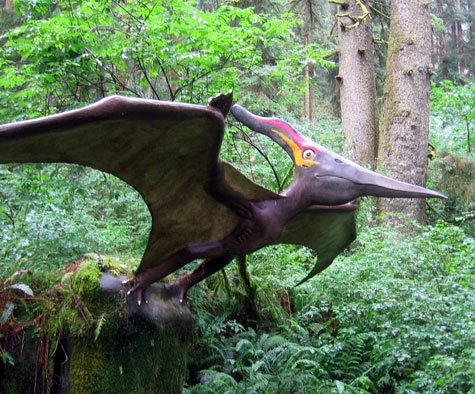
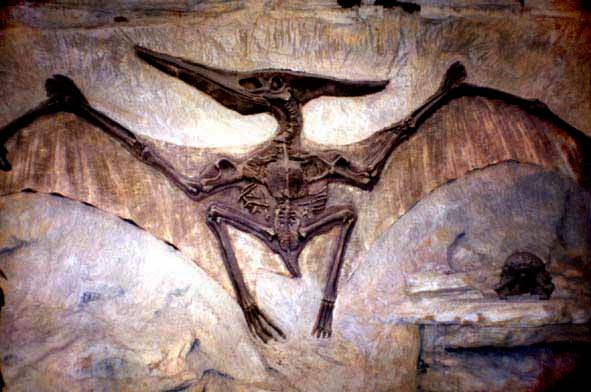
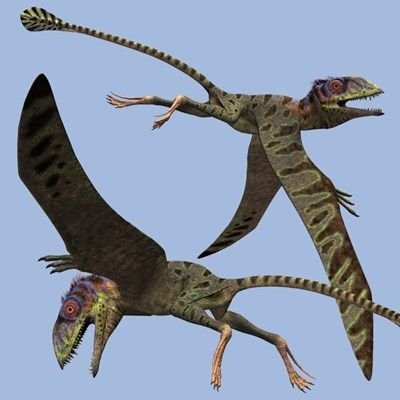
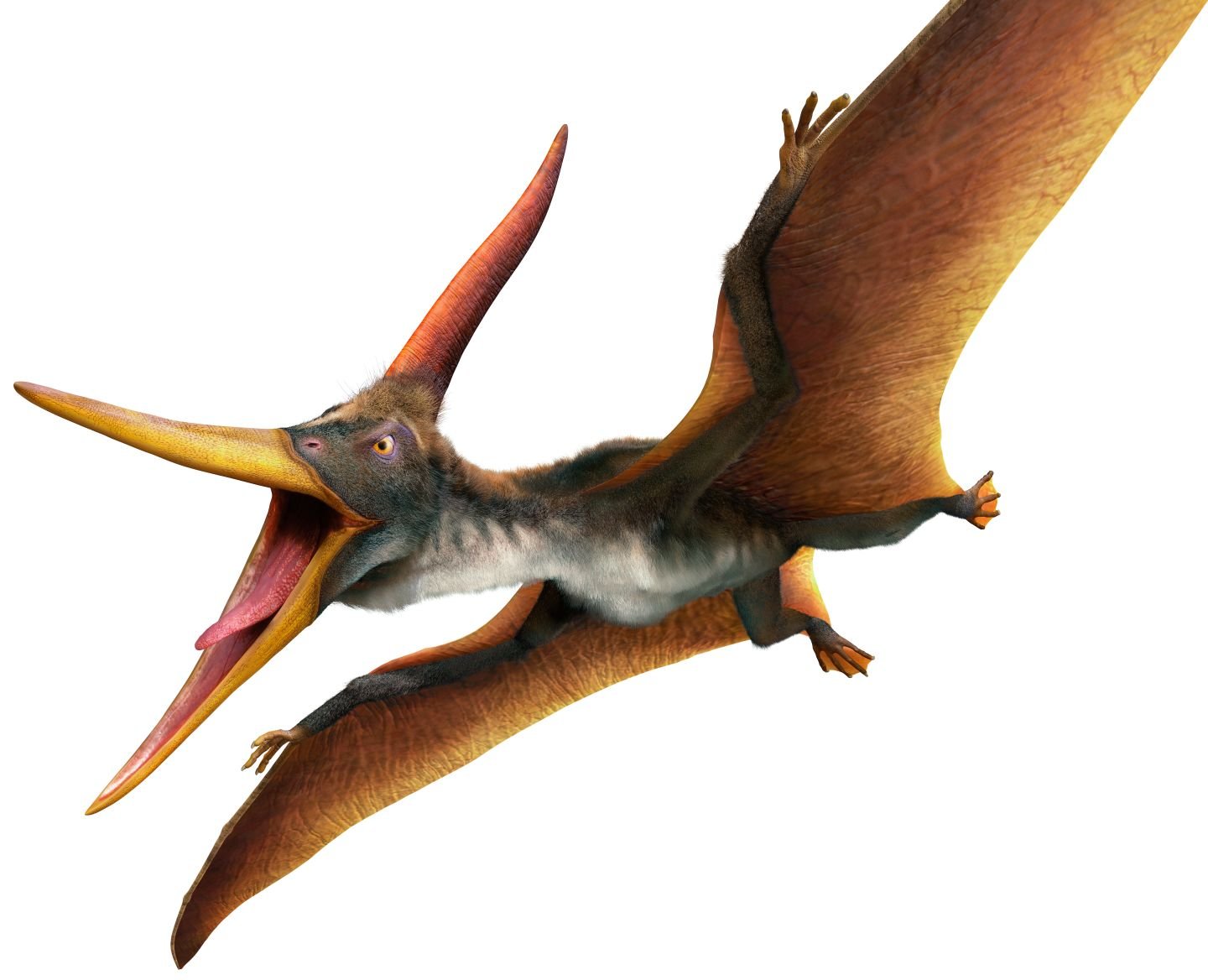
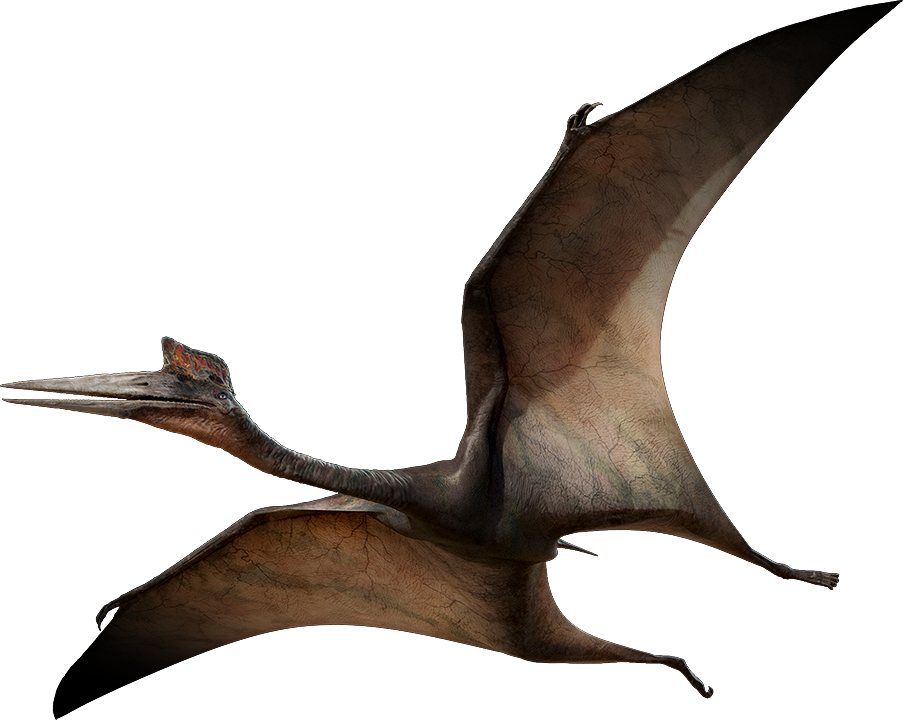
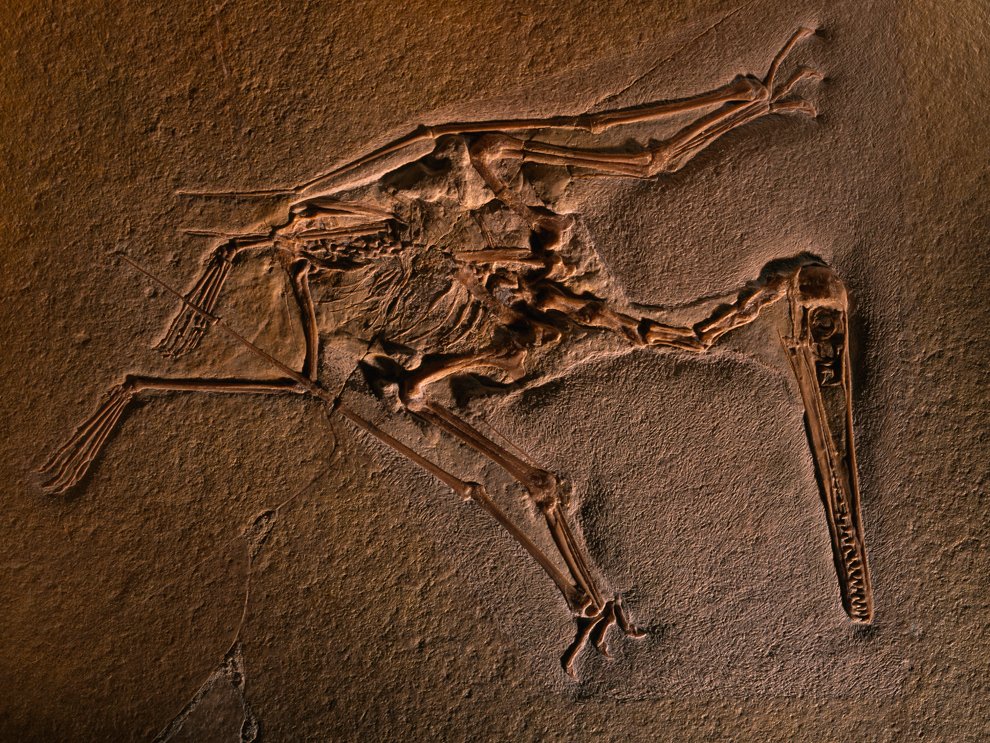

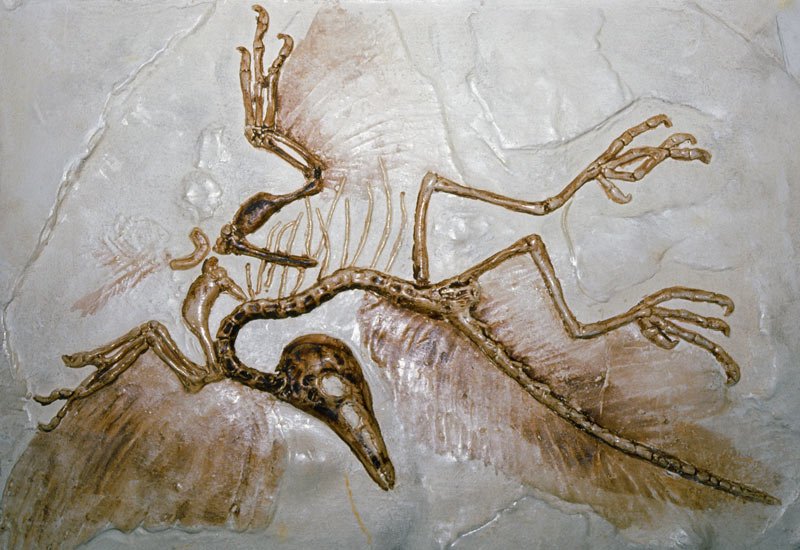
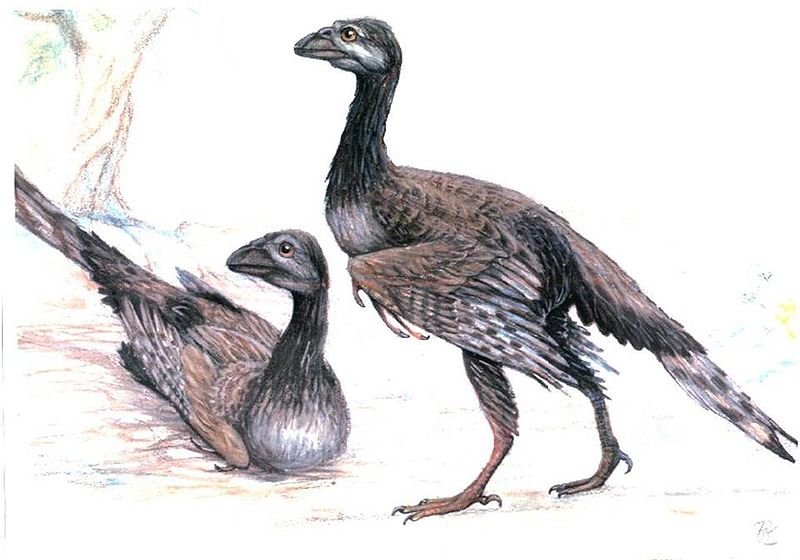
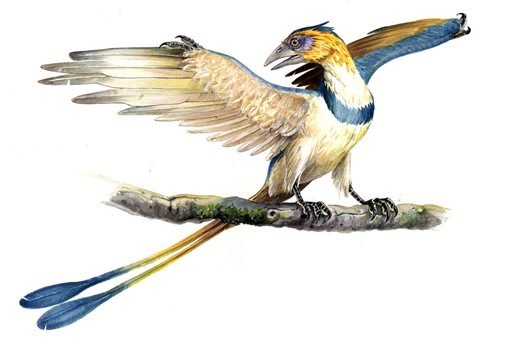
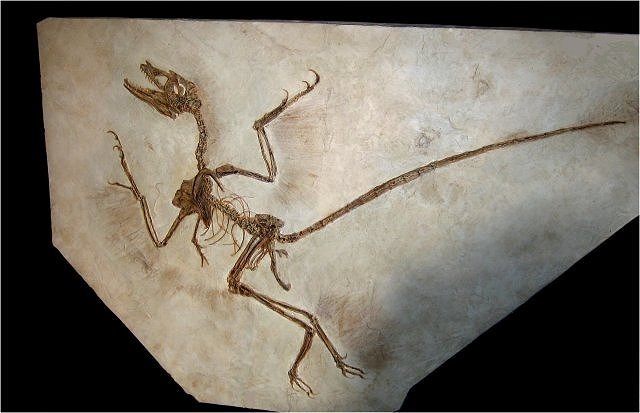
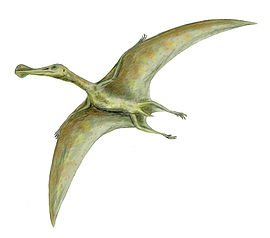
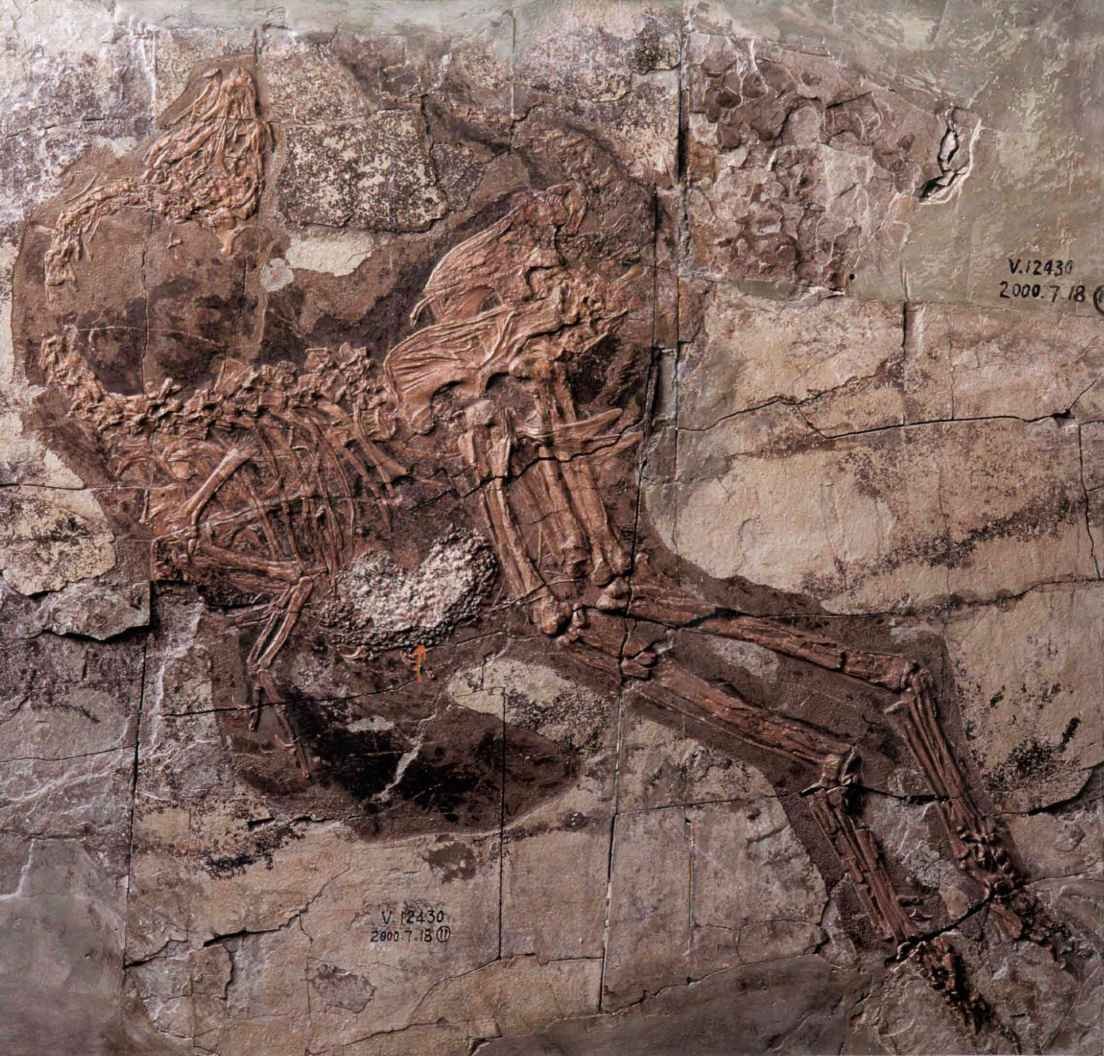
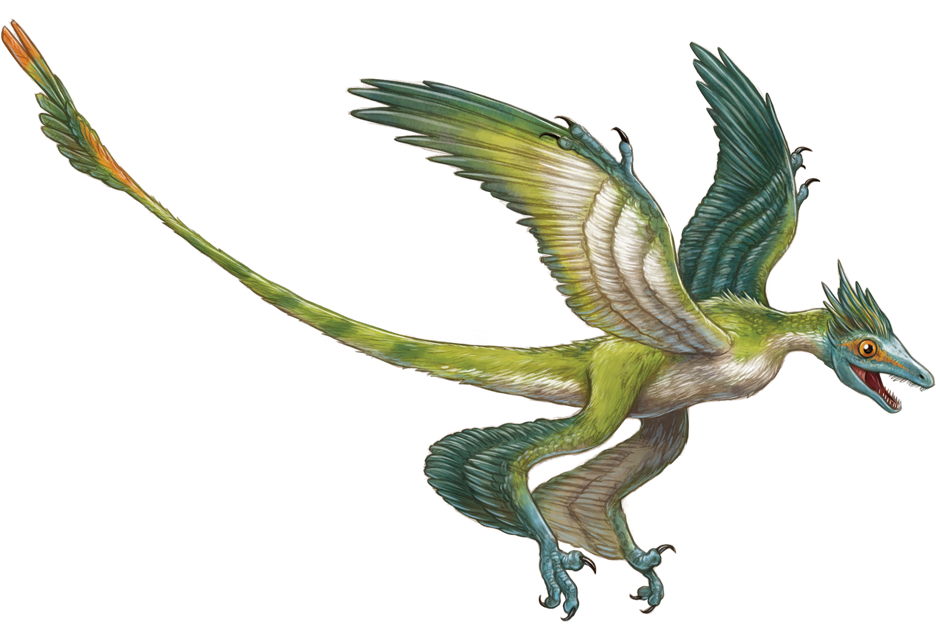

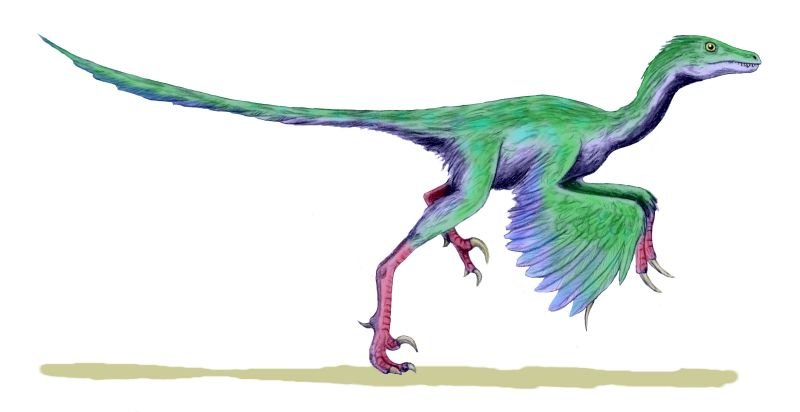
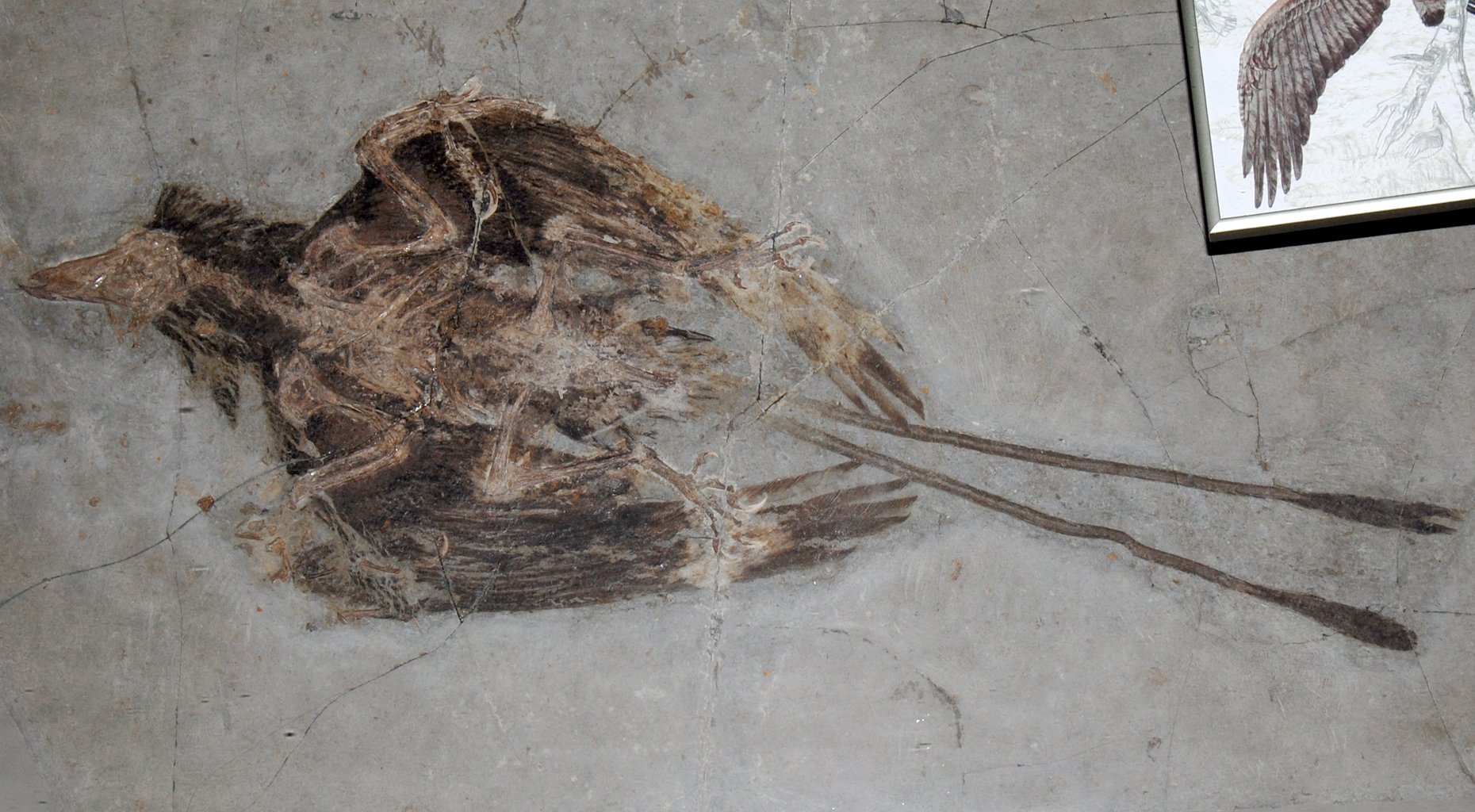




Comments
Post a Comment